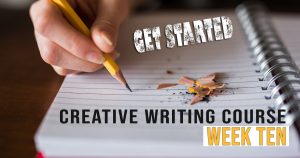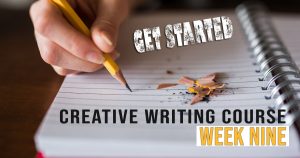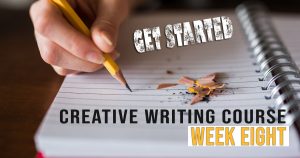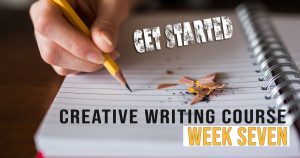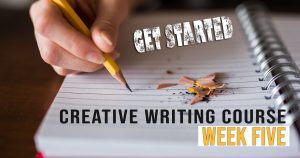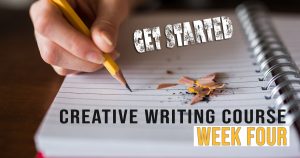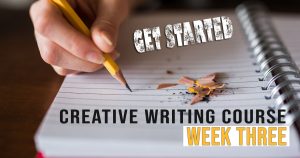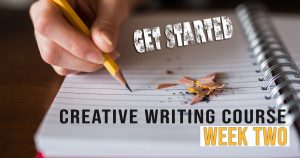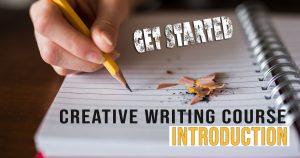https://youtu.be/A2uQZl2aJR8 When you describe a setting, the way you describe it depends on your own personal perspective. People often see places very differently from each other, for example; the forest glade below may appear appealing and friendly to one person,...
Read MoreCopyright 2024 © Diny van Kleeff. All rights Reserved.
Menu


